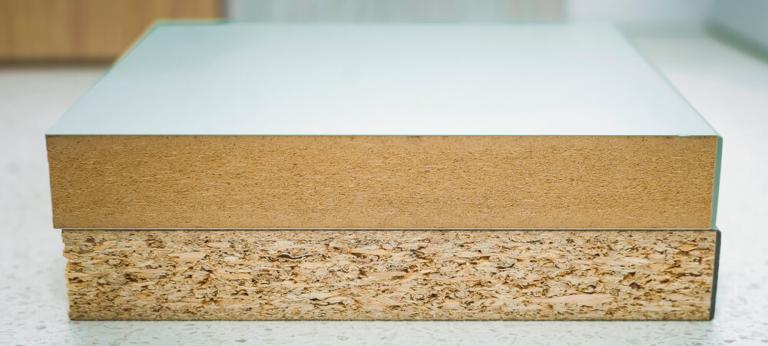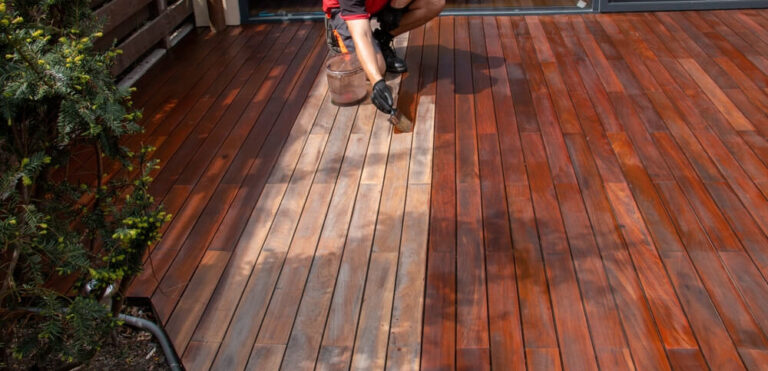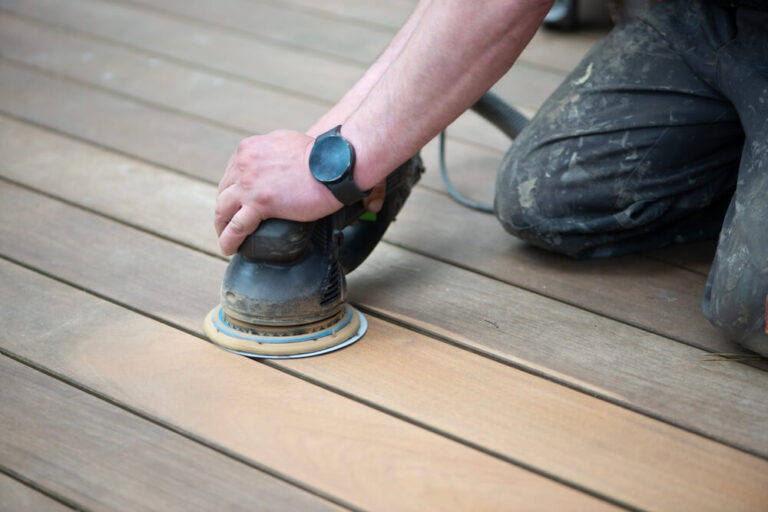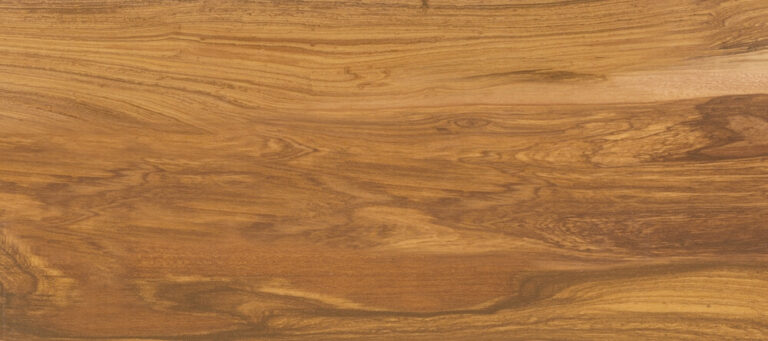
Hardwood floors are an excellent addition to any home. But when it comes to deciding the finish of the wooden floors, homeowners have two options to choose from i.e, sealed Vs. unsealed hardwood floors. If you learn the details about these floors, you are at the right place.
Being hardwood flooring experts, we help you to learn how sealed and unsealed hardwood floors are different from each other.
What Are Sealed Hardwood Floors?
Sealed hardwood floors, also known as finished or prefinished hardwood floors, come with a protective layer applied at the factory before installation. This protective layer is typically made of polyurethane, aluminum oxide, or another type of clear finish that shields the wood from moisture, stains, and wear.
What Are Unsealed Hardwood Floors?
Unsealed hardwood floors, also known as site-finished or raw hardwood floors, are installed in their natural state without any protective coating. The finishing process takes place on-site after the installation is complete.
Also Read: hardwood floor sealers
Sealed Vs Unsealed Hardwood Floors: A Comprehensive Guide
Let’s have a look at the major differences of sealed vs unsealed wood floors:
Finish
The primary distinction between sealed and unsealed hardwood floors lies in the protective finish applied to the wood. Sealed hardwood floors come with a factory-applied protective layer. This layer, typically made of materials like polyurethane or aluminum oxide, shields the wood from scratches, stains, and moisture.
In contrast, unsealed hardwood floors are installed without any pre-applied protective coating. The finishing process, including sanding, staining, and applying a protective finish, occurs on-site after the installation.
Installation Time
Sealed Hardwood Floors are ready to install right out of the box, making the installation process quicker.
Unsealed Hardwood Floors installation takes longer due to the on-site finishing process, involving sanding, staining, and applying multiple coats of finish.
Customization
Sealed Hardwood Floors have limited customization options as they come with pre-finished choices.
Unsealed Hardwood Floors offers greater flexibility for customization, allowing homeowners to choose the stain color and finish to achieve a specific look.
Maintenance
Sealed Hardwood Floors are ready for use immediately after installation, with minimal sensitivity to maintenance during the curing period.
Unsealed Hardwood Floors requires careful maintenance during the curing period, with the finish being more susceptible to scratches and damage until it fully cures.
According to research, air infiltration rate is reduced 65% in sealed rooms compared to unsealed hardwood floor areas.
Appearance
Sealed Hardwood Floors may have visible seams and gaps between planks due to the installation of prefinished materials.
Unsealed Hardwood Floors offers a more seamless appearance, with fewer visible seams and gaps, as the finishing process occurs after installation.
Refinishing
Sealed Hardwood Floors refinishing can be more challenging, as the existing finish needs to be stripped before applying a new one.
Unsealed Hardwood Floors refinishing is typically easier, involving sanding down the existing finish and applying a new one without the need for stripping.
Moisture Resistance
Sealed Hardwood Floors are highly resistant to moisture, making them suitable for kitchens and bathrooms.
Unsealed Hardwood Floors are more vulnerable to moisture during the installation process before the protective finish is applied.
Understanding these differences can help homeowners make an informed decision based on their preferences, lifestyle, and the specific requirements of their space.
How To Choose Between Sealed Vs Unsealed Hardwood Floors?
Ultimately, the ideal finish depends on your lifestyle and preferences:
- Opt for sealed floors if: You have a busy household with pets and children, prioritize low-maintenance, and desire a high-gloss, modern aesthetic.
- Unsealed floors might be your match if: You value a rustic, natural look, prefer a softer feel underfoot, and are committed to regular maintenance.
Remember, you can always consult a flooring professional to assess your specific needs and recommend the best finish for your unique space.
Bonus Tip
Test your floor’s seal by placing a drop of water on its surface. If it beads up, you’re good to go. If it absorbs, it’s time for a fresh coat of sealant!
With this knowledge in your arsenal, you can confidently choose the perfect finish for your hardwood floors, transforming your space into a reflection of your own personal style and creating a haven that resonates with warmth and beauty for years to come.
FAQs
How To Clean Unsealed Wood Floors?
Clean unsealed wood floors with a damp mop and mild soap. Avoid excess water, as unsealed floors are more susceptible to moisture. Dry promptly to prevent damage. Use a soft brush or vacuum to remove dirt.
How Do I Know If My Hardwood Floor Is Sealed Or Unsealed?
To check if your hardwood floor is sealed, place a droplet of water on it. If the water beads, the floor is sealed. If it absorbs, the floor is likely unsealed and requires finishing or sealing.
Should Hardwood Floors Be Sealed?
Yes, hardwood floors should be sealed. Sealing protects the wood from moisture, stains, and wear. It enhances durability, making the floors easier to clean and maintain. Sealing is especially important in high-traffic areas.
Can You Leave Hardwood Floors Unsealed?
While technically possible, leaving hardwood floors unsealed is not advisable. Unsealed floors are prone to damage from moisture, stains, and scratches. Sealing provides essential protection and extends the lifespan of the wood.
What Is Considered An Unsealed Floor?
An unsealed floor refers to raw or unfinished hardwood that lacks a protective coating. It requires on-site finishing, including sanding, staining, and applying a protective finish to enhance durability and resist damage.
Can You Reseal Hardwood Floors Without Sanding?
Generally, resealing hardwood floors involves some level of sanding to ensure proper adhesion of the new finish. Sanding helps remove the old finish, smooth the surface, and create a suitable base for the new sealant.
When Can You Walk On Sealed Floors?
Allow sealed floors to dry completely before walking on them. Drying times vary but typically range from 24 to 72 hours. Follow manufacturer recommendations and consider environmental conditions for an accurate time frame.
Does Prefinished Hardwood Need To Be Sealed?
Prefinished hardwood comes already sealed from the factory. Additional sealing is not necessary, as the wood has been treated with a protective finish. However, if significant damage occurs, resealing may be an option depending on the severity of the issue.
Conclusion
Choosing between sealed and unsealed hardwood floors ultimately depends on your preferences, lifestyle, and priorities. Sealed hardwood floors offer convenience and immediate use, while unsealed floors provide customization options and a more seamless appearance. Consider your level of patience, maintenance capabilities, and the desired aesthetic to make an informed decision that will enhance the beauty and longevity of your hardwood floors. Whether sealed or unsealed, hardwood floors remain a classic and enduring choice that can elevate the overall ambiance of your home.







